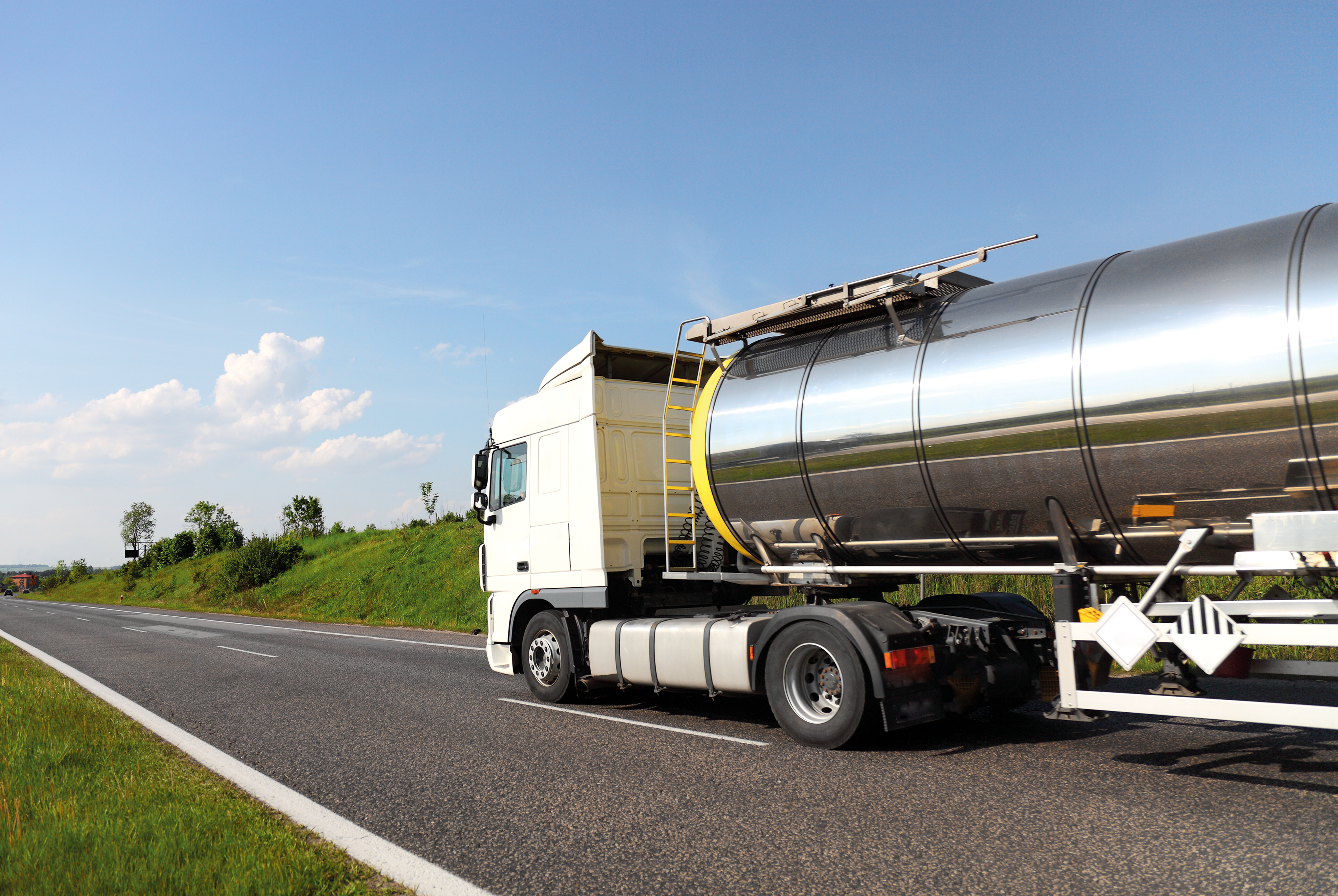 High strength is important as it means tankers can have thin walls. As a result, they’re lighter in weight. Transport companies can use this weight saving to save fuel (every kilogram saved will require less fuel) or to transport more cargo – either way, it uses less fuel per kilogram of cargo carried.
High strength is important as it means tankers can have thin walls. As a result, they’re lighter in weight. Transport companies can use this weight saving to save fuel (every kilogram saved will require less fuel) or to transport more cargo – either way, it uses less fuel per kilogram of cargo carried.
The first duplex stainless steels were developed in 1930 but these early grades were not suitable for welding. Therefore, duplex stainless steel was not used to build a road tanker until 1978, when modern weldable duplex grades were introduced. In 1987, the first ship tanker made from duplex stainless steel was launched, marking a new trend for marine chemical transportation tankers.
Another major advantage of duplex stainless steel for LPG tankers is that they have a lower thermal expansion coefficient than austenitic grades. This is important as the tankers carry pressurized loads that cool down when they’re unloading their cargo. According to the laws of thermodynamics, the release of pressure causes the temperature to drop. Therefore, because they hold their shape across a wide temperature range, the tanker won’t buckle.

